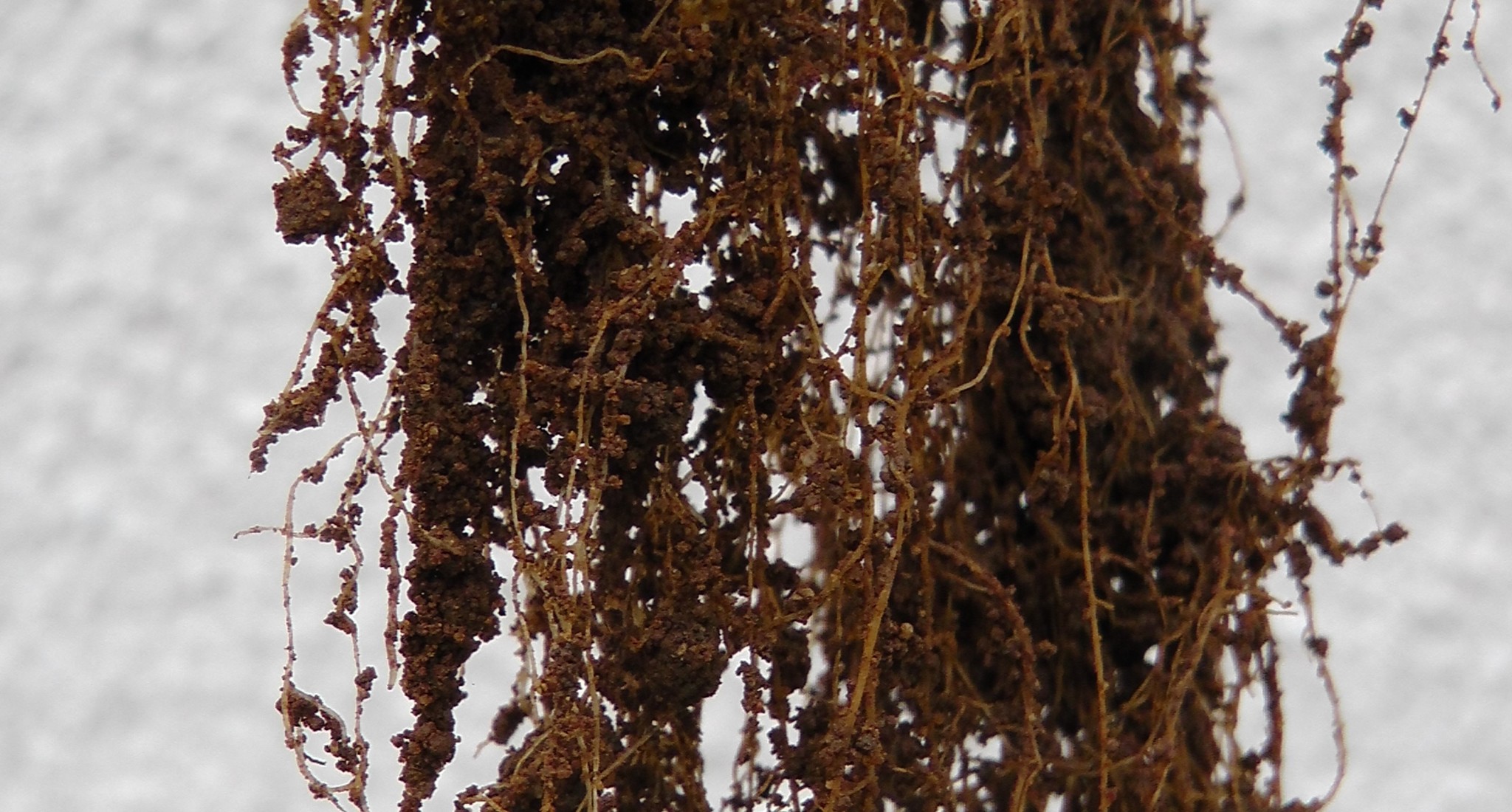
SP1: RhizoCarbon
Carbon cost economy of rhizosphere traits
Summary:
We propose that carbon economy of plants is intimately linked to temporal and spatial development of rhizosphere traits. The C flux from the shoot to the roots is driven by 1) the availability of assimilates, i.e. by photosynthesis (source control), and 2) by the activity and size of the roots (sink demand). Landraces, that are assumed to be more plastic in trait expression and C allocation compared to modern cultivars, will adapt to water scarcity e.g. by high specific root length, long and dense root hairs, enhanced symbiosis with mycorrhiza, and higher amounts of mucilage production. Belowground adaptations to drougth increase the assimilates demand of rhizosphere traits (sink demand) leading to higher C allocation to the soil. This may foster soil aggregation (RhizoSoil) and the development of rhizosphere microbiomes (RhizoMicro) beneficial for plant growth, but on the other hand may cause a reduction in yield (RhizoPerform). However, while drought-induced stomatal closure for water saving may lead to C starvation of modern cultivars, old varieties with well-developed rhizosphere traits will maintain higher photosynthetic activity and increase water and nutrient uptake (RhizoWater) promoting the resilience of yield to drought. We propose to study the critical balance between C costs for trait formation and benefits in terms of water and nutrient uptake to assess the best rhizosphere traits for resilient cropping systems under future extreme events.
Main research questions:
- How carbon cost intensive are rhizosphere traits?
- Do plants benefit from C-investment in rhizosphere traits in terms of nutrient and water uptake under drought?
Objectives:
Our objectives are to determine the expression of morphological and biological rhizosphere traits of old landraces and modern cultivars, and to assess the effect of drought on morphological and biological rhizosphere traits of various maize and wheat varieties. Moreover, we will determine the linkage between nutrient economy of plants and the C investment in roots as well as the C input into the soil via rhizodeposition. In addition to that, we will measure the effects of abiotic factors - soil texture (loam vs sand) and moisture (drought treatment) - on rhizosphere traits and on C and nutrient cycling in the rhizosphere.
Methods:
A series of laboratory experiments with old and modern varieties of grain maize and winter wheat grown on undisturbed soil cores will be performed to study rhizosphere traits. We will apply 13C-enriched CO2 continuous labeling of plant shoots to determine absolute C allocation to belowground pools (roots, rhizodeposition, CO2). The isotope approaches will be coupled with high-resolution 13C-CO2 measurements of soil CO2 to consider root-derived C losses via respiration and to assess gross C costs for trait development and maintenance. Continuous labeling will allow to 1) identify rhizosphere microorganisms utilizing root-C via stable isotope probing (SIP) (RhizoMicro), and 2) quantify C incorporation into different soil aggregate size classes (RhizoSoil).
|
Contact |
||
|
Prof. Dr. Johanna Pausch |
Andreas J. Wild (PhD candidate) |
Angelika Mergner |
